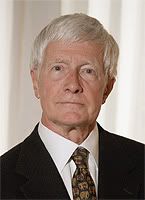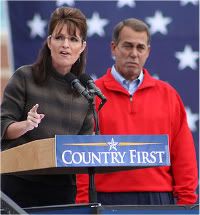Why Trillions of Dollars of Private Capital Has So Little Interest in Clean Energy
Michael Klare is a documentarian from Amherst, whose film “Blood and Oil” shows that from World War II on, every single administration has acknowledged that our wars are always fought over oil.
His piece here focuses on the military, but touches heavily on environmentalism and clean energy. He writes:
Last week, the president made a rare appearance at the Pentagon to unveil a new strategic plan for U.S. military policy (and so spending) over the next decade…..Obama was evidently the first president to offer remarks from a podium in the Pentagon press room. He made the point himself — “I understand this is the first time a president has done this. It’s a pretty nice room. (Laughter)” — and it was duly noted in the media. Yet no one thought to make anything of it, even though it tells us so much about our American world.
After all, when was the last time the president appeared at a podium at the Environmental Protection Agency (more…)






 I just got off the phone with long-time 2GreenEnergy supporter Ron McCurdy who reviewed his
I just got off the phone with long-time 2GreenEnergy supporter Ron McCurdy who reviewed his 


